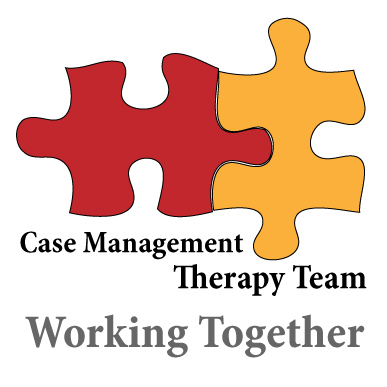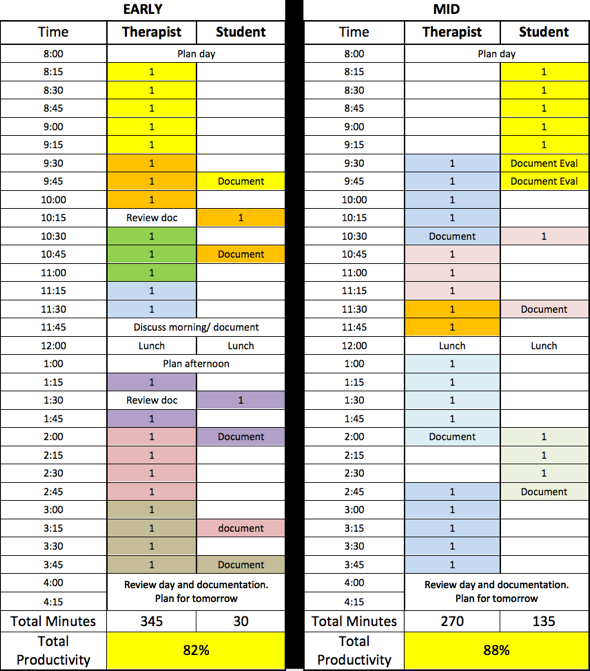 Football has a play book, but sometimes, the plays get changed. Troy Palamalu picks up on the quarterback’s audible at the line of scrimmage and calls for a blitz and “BAM,” down goes the quarterback. Troy got it right and made the play. Rehabilitation in the Skilled Nursing Facility has regulations. The therapist is comfortable with his understanding of a rule and “BAM,” the rule changes. But, unlike the quarterback in this story, the therapist doesn’t go down.
Football has a play book, but sometimes, the plays get changed. Troy Palamalu picks up on the quarterback’s audible at the line of scrimmage and calls for a blitz and “BAM,” down goes the quarterback. Troy got it right and made the play. Rehabilitation in the Skilled Nursing Facility has regulations. The therapist is comfortable with his understanding of a rule and “BAM,” the rule changes. But, unlike the quarterback in this story, the therapist doesn’t go down.
Let’s face it. We work in the most highly regulated, analyzed and scrutinized setting in America. Why do we hang in there? We hang in there for the love of it. That’s right, we LOVE what we do. We LOVE the people we serve. We LOVE our co-workers. We LOVE the difference we make every single day. We don’t go down.
As the regulations continue to change, we are finding ways to continue to deliver beautiful care and achieve tremendous outcomes with our patients and residents. We must celebrate those successes. Share those stories of progress and recovery. Show the outside world that we are capable and we will continue to evolve through changes thrust upon us.
With the ever-changing environment, taking care of the basics becomes paramount. For example, we must know and follow our state practice acts. Ask yourself – What is the responsibility I have as a supervising therapist? What obligations do I have as a therapist assistant? What is on the agenda with my licensing board? Will a new rule impact my practice? If you haven’t done so already, log onto your state board website today and read the announcements, review the rules governing your license.
Not only is it important to understand our practice acts, but we must also know the billing and service delivery rules governing inpatient skilled nursing and outpatient rehab. The Centers for Medicare and Medicaid Services publishes the online MDS 3.0 RAI Manual at cms.gov that guides us on the coding of the MDS. The MDS drives our reimbursement for Medicare Part A and many state Medicaid services. What constitutes a skilled service? How do I bill for the services I deliver? What do I need to document? These answers are available in your RAI Manual.
Your service center is working to create more tools to assist you with training your people and ensuring their understanding of these tremendous obligations toward our practices. It’s 2012 and the year of education and getting back to basics. We will be sharing an orientation curriculum through our organization’s learning management system called, Brainshark. Our www.ensigntherapy.com website is growing and providing Learning “Oppties” for you to gain further understanding of our industry, while allowing you to explore the site to gain new ideas for enhancing care.
Your therapy resources will be continuing to spend hands-on time in your department to provide education and training, as well as being available to hear about your ideas and suggestions for improving our support and educational programs. Several components of a new orientation manual is available on the portal to provide you with information on some of our basic practices. Policies and procedures are being written to help provide assistance in navigating our standards of practice.
We are all on the same side of the ball. We are strong. We are smart. We have each other’s backs and we won’t go down, even if the audible gets called. We’ve got our own playbook! Let’s make 2012 OUR Super Bowl and LET’S WIN!












 By Carissa Podesta, Compliance Officer
By Carissa Podesta, Compliance Officer
 WE LOVE OUR THERAPISTS! To learn more about the February Learning “Oppties” program, please read the
WE LOVE OUR THERAPISTS! To learn more about the February Learning “Oppties” program, please read the 
 WE LOVE OUR THERAPISTS! To learn more about the February Learning “Oppties” program, please read the
WE LOVE OUR THERAPISTS! To learn more about the February Learning “Oppties” program, please read the